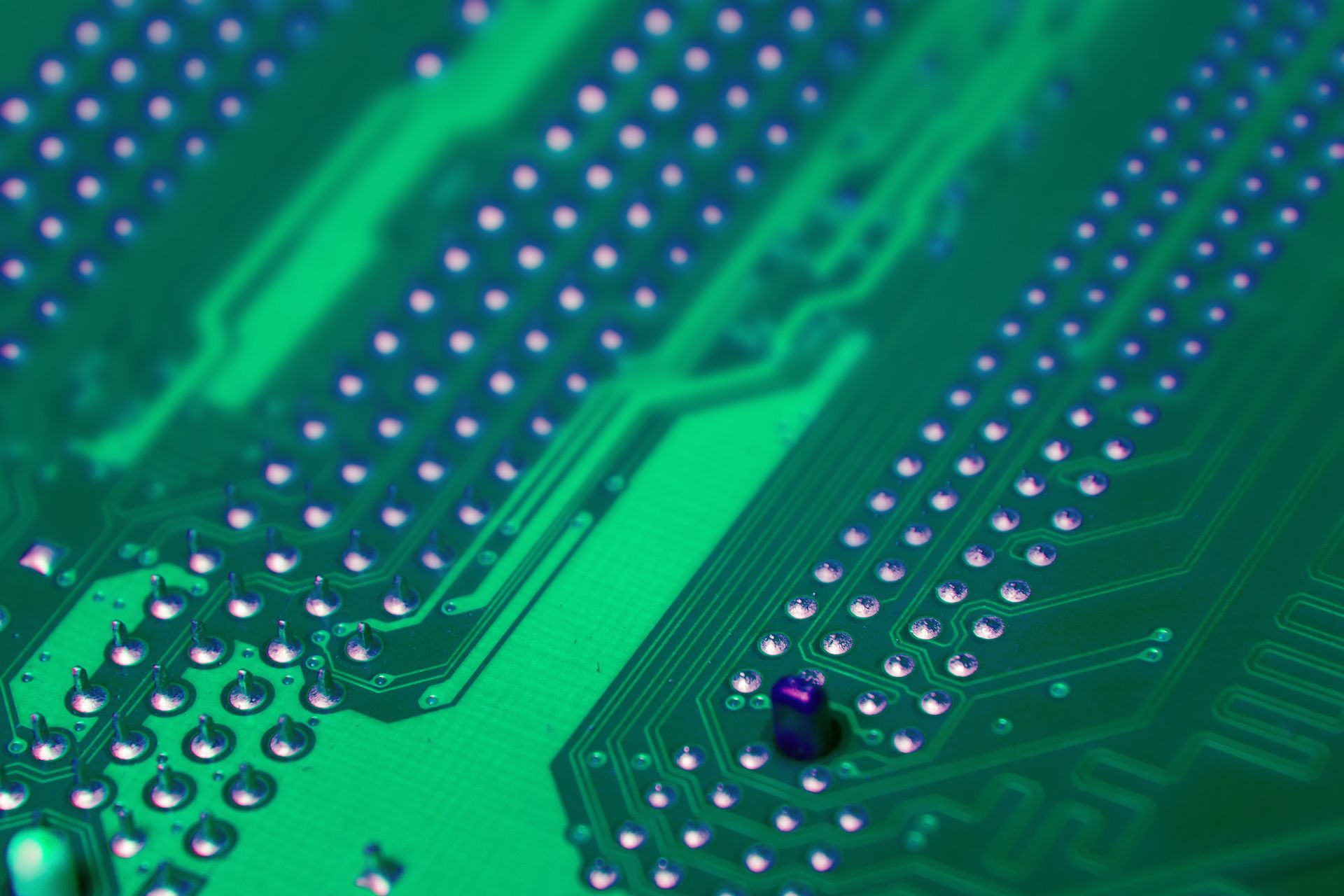The relentless march of progress continues in computer graphics processing units (GPUs). Each generation ushers in new architectures and technologies, shattering performance barriers and shaping how we experience visual computing.
Nvidia, a dominant force in the GPU arena, is well-known for its unwavering commitment to innovation. As gamers eagerly anticipate the arrival of their next-generation Blackwell architecture, whispers of what lies beyond have already begun to take root.
While official details about Nvidia’s next-generation GPUs are scarce, rumors and analyst predictions offer a glimpse into what the future might hold.
What do we know about NVIDIA Rubin?
While specifics are still under wraps, reliable hardware leaker kopite7kimi suggests that Nvidia’s post-Blackwell architecture might be christened NVIDIA Rubin.
This name holds a special significance, as it’s a homage to the pioneering astronomer Vera Rubin. Her groundbreaking research on galaxy rotation curves and the presence of dark matter forever changed our understanding of the universe. This tribute aligns with Nvidia’s recent trend of naming their architectures after influential scientists, following the likes of Ada Lovelace and Ampere.
Who is R? https://t.co/tRQ9MsjHGR
— 포시포시 (@harukaze5719) November 29, 2023
When is NVIDIA Rubin release date?
The rumor mill suggests a late 2025 release window for the first GPUs based on the NVIDIA Rubin architecture. This timeline aligns with Nvidia’s usual cadence of introducing new architectures every two years. However, it’s important to note that these are early speculations, and the actual release date could shift depending on various factors.
There’s also a hint that the initial NVIDIA Rubin-based GPUs might be targeted towards artificial intelligence (AI) and high-performance computing (HPC) applications. This aligns with Nvidia’s strategy of introducing their more powerful architectures in the professional segment first, followed by more consumer-oriented variants later on.
Under the hood of NVIDIA Rubin
While concrete details about the Rubin architecture’s technical specifications are scarce, some analysts have offered educated guesses. Ming-Chi Kuo, a TF Securities analyst, suggests that the first NVIDIA Rubin GPU, likely codenamed R100, might be built using TSMC’s N3 node, a cutting-edge 3nm manufacturing process. This would represent a significant leap from the rumored 5nm process expected for the Blackwell architecture. Additionally, the R100 is speculated to incorporate HBM4 memory, a high-bandwidth memory technology that could further enhance performance.

Another interesting aspect of the Rubin architecture is its reported focus on power efficiency. As GPU performance continues to climb, so does their power consumption. By prioritizing efficiency, Nvidia might be looking to address this growing concern, especially for data center applications where managing power usage is crucial.
Will NVIDIA Rubin reach gamers’ hands?
The information available so far suggests that the initial Rubin-based GPUs might be geared towards the professional market. This means that gamers might have to wait a bit longer for consumer-oriented variants. Historically, there’s usually a lag between the release of professional and consumer versions of Nvidia’s architectures.
However, this doesn’t necessarily mean that the innovations introduced with Rubin won’t eventually trickle down to gaming GPUs. Past experiences suggest that Nvidia often incorporates technologies developed for their professional architectures into their consumer offerings. So, while gamers might not be able to get their hands on a Rubin-branded graphics card right away, the architectural advancements introduced with Rubin could very well influence future generations of gaming GPUs.
Featured image credit: Freepik




